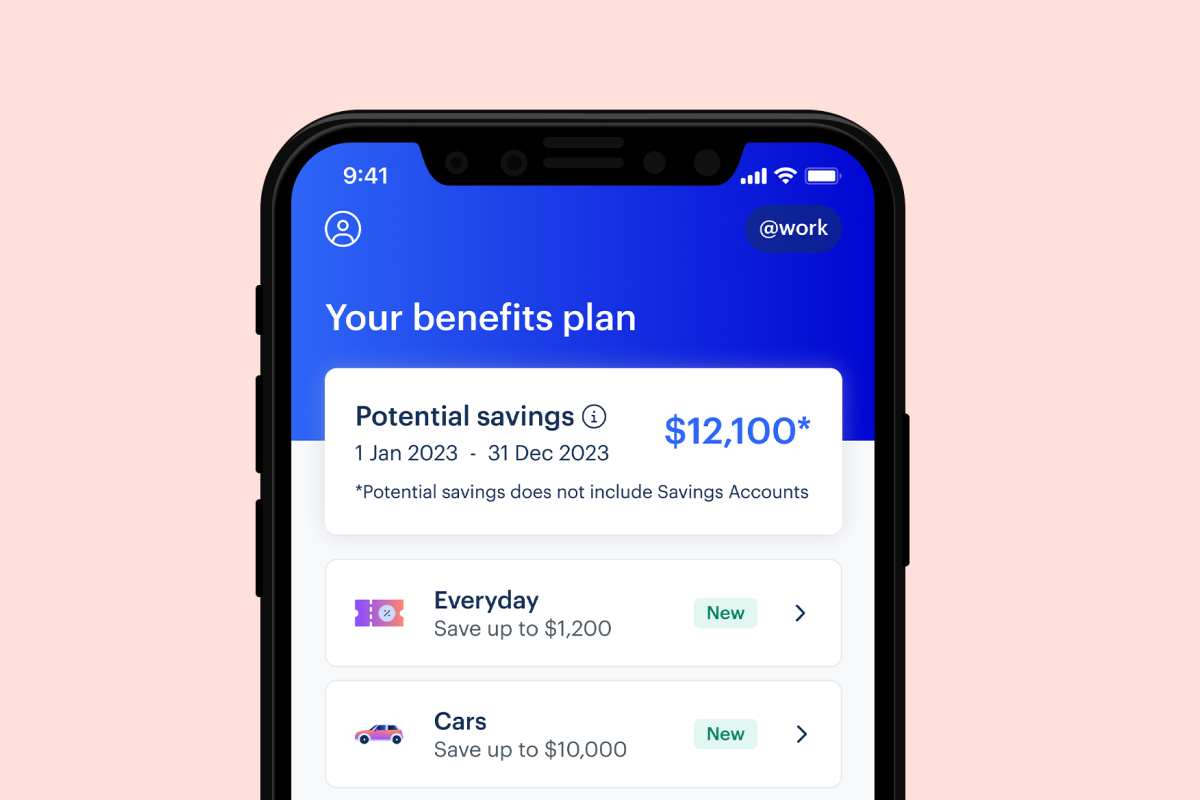Many companies are looking for strategies that can increase their organisation’s output, while keeping the costs of staff affordability in line. Human resource metrics have become a key to an organisation making the most of its team. Keep in mind that while all HR metrics are intended to help an organisation measure and track performance of employee programs and HR initiatives, not all metrics are actually valuable to a company.
We’re covering the best HR metrics that can let your organisation know how well it is managing human capital, in order to make better decisions and process improvements that can help your organisation realise, and reach, its full potential.
What Can HR Metrics Do for Your Business?
With human resources onboarding, your organisation could grasp what information is most important, and use metrics to track it without wasting money and time. A quality system will help you measure the aspects that impact your company the most, measuring those areas to provide your organisation with forward-thinking analytical tools. In essence, the best HR metrics should provide your business with the information you need to develop winning strategies, in terms of employee retention, productivity, profits, and more.
✅ Talent Acquisition
More organisations need to determine the effectiveness of their brand, in order to attract good talent. This includes your company’s marketing tactics and interview process. Some individuals pass up on a business due to lengthy applications and excessive interview requirements. With talent acquisition, a metric can provide you with insight on the effectiveness of your overall brand, and help you dodge weaker candidates.
✅ Learning and Development
Retaining good workers often comes down to both the onboarding and the training participation rate. A business should have a high number of employees who are eager to get involved in development opportunities. This can help a company work out whether they’re using the most effective type of training, along with the best delivery method. Some employees fail to sign up for training opportunities because an employer didn’t communicate the opportunity effectively. The HR metric generally calculates a training participation rate by dividing the number of employees who participated by the number of employees who were eligible.
✅ Performance Management
Your company should always know if the performance management programs you have in place are working effectively. When some of your teams fall behind, this will have a negative impact on your company as a whole. This makes it important to know your average performance rating. Although your company should continue monitoring the performance of all employees, many performance metrics focus on new hires. This will give any organisation an idea of how new hires are progressing throughout the onboarding process, which gives the business the ability to identify top talent. The performance metrics of new hires is then compared to other team members in that specific department.
✅ Turnover Rates
This is one of the top HR metrics because replacing employees can be a major setback for organisations, in terms of costs and time. When it pertains to turnover rates, the metric will determine how many employees left a business or were terminated within a specific timeframe. Turnover rates generally indicate a failure within your organisation, such as the recruiting process, the training aspect, benefits offered, management, and more. Replacing employees means lost productivity, new hire training costs, and other expenses.
✅ Benefits Participation
HR metrics can help your organisation determine how to customise offerings based on your employees’ needs. Looking after your employees, especially their financial well-being, could help your organisation retain top talent. Using benefits participation metrics can let you know how many employees participate in one of your particular benefit programs or plans.
These metrics are a representation of the health of an HR department’s functions, and they’re crucial to examine, question, understand and visualise. These metrics should be compared against other organisations – small, medium, and large sized businesses – to make sure your metrics per-employee head counts align with, and eventually exceed your competitors’.








